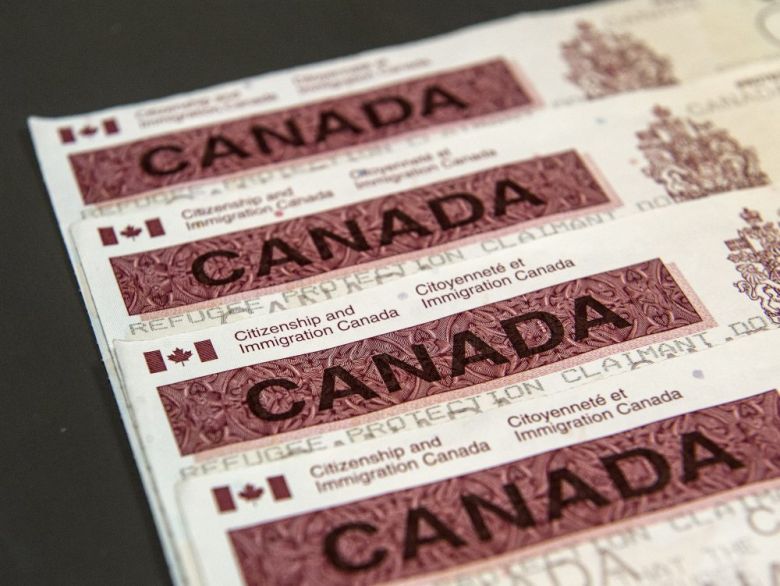Canada just recorded its biggest influx of immigrants in more than a century.
The country added 71,131 immigrants in the final three months of 2018, for a full year increase of 321,065, according to the latest estimates released Thursday by Statistics Canada in Ottawa. The annual increase is the largest since 1913 — when 401,000 immigrants flocked to the country — and the fourth largest in historical data going back to 1852.
The inflows helped the nation’s population growth top half a million people for the first time since the late 1950s, the statistics agency said, and are part of a boom in international migration that includes a surge in non-permanent residents like foreign students. It’s been a welcome tailwind for an economy coping with aging demographics and other drags like record household debt.
The increase in international migration, for example, has helped fuel a surge in employment — even amid sluggish indicators in other parts of the economy — since immigrants tend to be of working age. Including other forms of migration such as non-permanent residents, the country recorded a 425,245 increase in international migration last year —– the largest in data going back to 1972.
The immigration numbers include regular refugee inflows, but not those crossing the border illegally. Those are counted as non-permanent residents. The Statistics Canada data don’t provide a breakdown of refugee numbers.
The influx helped Canada’s population grow by 528,421 last year, which is the biggest increase since the late 1950s, Statistics Canada said. In percentage terms, Canada’s population increased 1.4 percent last year, the fastest since 1990 and the strongest among Group of Seven countries.
The strong immigration numbers also make up for slower natural population growth. Canada’s natural population increase, or the number of births less deaths, fell to 103,176 in 2018, the lowest level since at least the late 1940s.

























